Sand includes beaches and dunes, and it has an interesting range of specialist plants. I have seen sea beet on the Anglesey beach. Beta vulgaris maritima is a plant with a rich genetic potential, and thus it has become the ancestor of chard, beetroot, sugar beet ,mangel-wurzel and perpetual spinach. Unlike several other plants,it is not rare, but foragers should take only a few leaves and desist from digging up the root, doing which is illegal in Britain, for you are not permitted to dig up a wild plant except on your own land or with the landowners' permission.
Crambe martima, sea kale, is quite rare. The example that you see above is growing on sand, but I suspect there to be pebbles below it.Sea kale likes a pebble beach, but as pebbly beaches with vegetation are globally rare, sea kale is too rare for anyone to be permitted to pick.
Sea holly is to be found in dunes, and if you look below you will see it surrounded by the ubiquitous marram grass, which is intended for dune stabilization, as it has a strong root network that binds the dunes together. As with sea beet, while it has edible roots it is now not eaten, as uprooting it on public land is forbidden by law, and as it is quite rare no one needs to eat it. Besides,its lovely blue flowers bless the shore with their beauty.
Found on the upper shore and in wasteland near to the beach are several members of the oraches, which are often abundant and have edible leaves. Members of the goosefoot family, there are several species that are hard to tell apart unless you are an expert. But they are the kind of unobtrusive plant that you see on the shore but rarely give much attention.
The same goes for the rockets, which are relations of the salad rocket that grows in gardens. Sea rocket,Cakile maritima, grows in sand dunes, while perennial wall rocket,Diplotaxis tenuifolia, grows on waste ground near the coast.Both are common and edible,but sea rocket has a slightly bitter taste to it. However, salads sometimes need bitter herbs.
My final plant is sea buckthorn, hippophae rhamnoides. A shrub with beautiful orange berries, you are probably going to look, admire and not touch, it is thorny and like all plants that is said to be good for you, tastes unpleasant. Some people say that the berries are a functional food, which means that you will not enjoy eating them. Very sour tasting, so I am assured, but the chef Hugh Fearnley Whittingstall made a party drink partly from the berries, so there can be some use for them other than to feed sea birds. But I will give it a miss, the birds can have it.


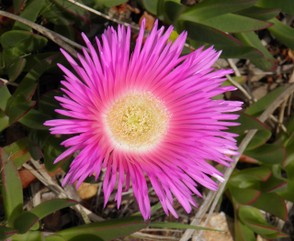
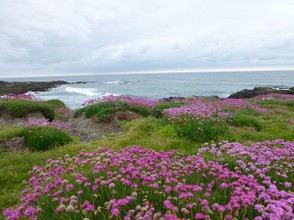
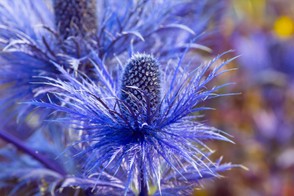
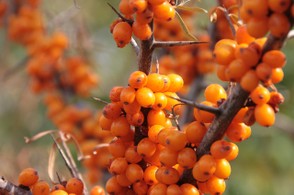
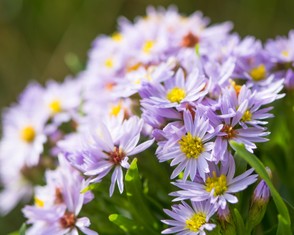




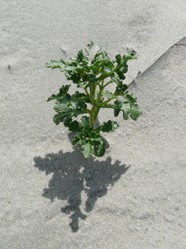

 Pilgrimage. A review15 days ago
Pilgrimage. A review15 days ago
 Leo the Fourteenthon 05/09/2025
Leo the Fourteenthon 05/09/2025
 The Melsonby Hoardon 03/25/2025
The Melsonby Hoardon 03/25/2025

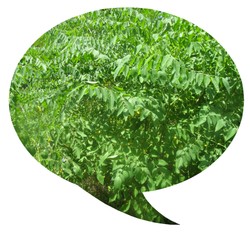
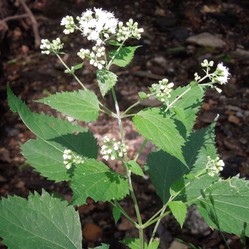
Comments
Probably., but sapphire gathering is inherently dangerous
Thank you!
Is rock samphire-collecting perhaps even more dangerous these days what with cliff erosion?
Collecting these plants is carried out in the traditional way. There is no other.
The first paragraph to the first subheading, Cliffs, directs us to rock samphire (Crithmum maritimum).
English Wikipedia gives as common names rock samphire, samphire and sea fennel.
English Wiktionary gives as etymology from French Saint Pierre because of the latter being patron saint of Crithmum maritimum-harvesting fishermen.
It identifies as very hazardous such harvesting.
Is such harvesting achieved nowadays by such remote-operated special equipment as -- ;-D -- drones?
Stones have often been taken in great numbers for building use, to the detriment of the shoreline.
The second paragraph to your second subheading, Sand and Pebbles, considers that "pebbly beaches with vegetation are globally rare."
Is the rareness because of people collecting trophy pebbles and plants or because of tide-brought toxic litter or because of some hostile interaction between pebble leachings and plant parts?
(Some visits to Hawaiian beaches result in deplenished pebbles and sand in once pebble- and sand-plenty beaches!)
I imagine that the shores of the Gulf of Mexico are long enough to contain a rich variety of habitats. You are right about the intertwining of nature: sea buckthorn, which I indicated is so bitter that only foraging enthusiasts tolerate it, makes great food for shoreline birds.
I can see quite a multitude of planes here, as you have done an exhaustive treatment.
I live close enough to the Gulf of Mexico, and in Mississippi, our neighboring state. there are grassy patches in the sand. These were fenced off years back because they are the last nesting grounds for the least turn, the smallest of the terns. The grass was protected to preserve a species. It us amazing how intertwined nature is. And the signs read "Nest in peace"
Quite right, though I think that there is an overlap between countries.For example, we have the Hottentot Fig in our sunny South West, and you have it as a naturalized species in California. Yet of the two species of sea purslane, only one is found in North America.
I love the variety of flora along the coast. I imagine that what you have over there in England is different somewhat from other coastlines.